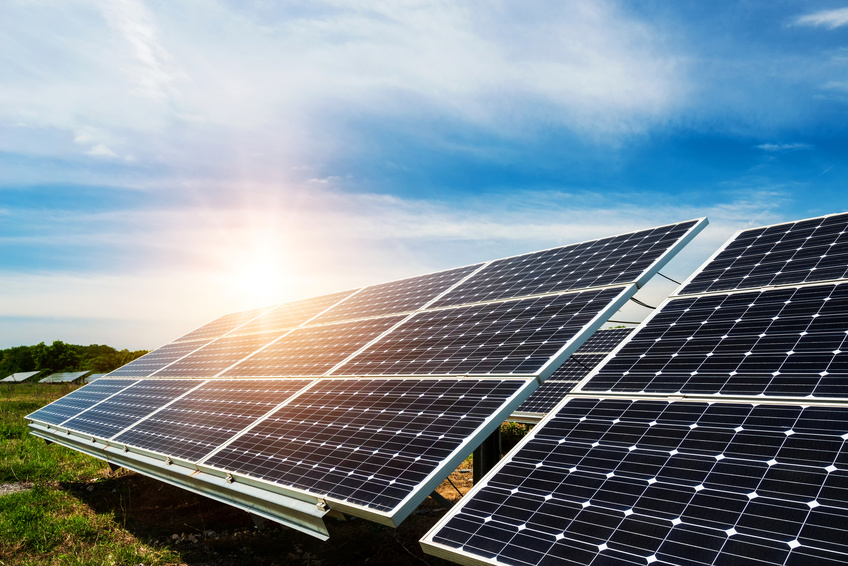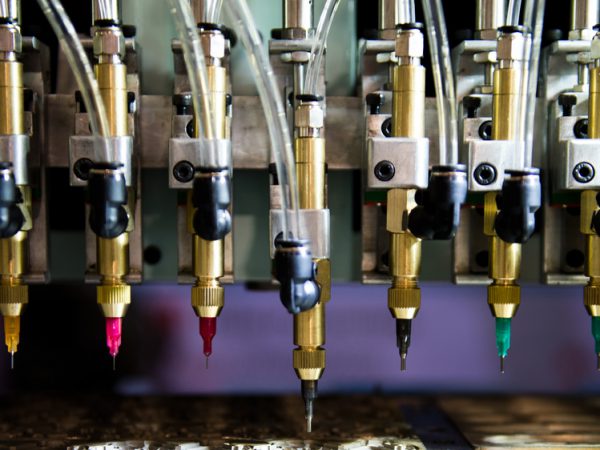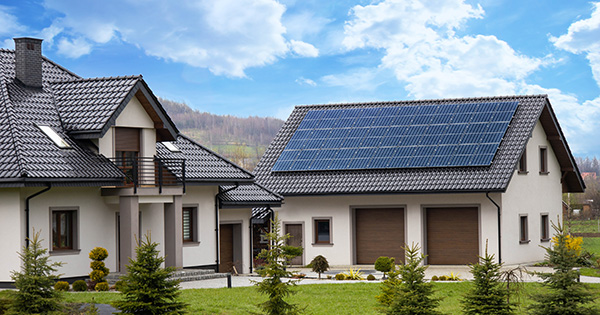
Solar Panel Protection 101
Solar panels are becoming more affordable and more popular with each passing year. As of December 2017, there were 49 GW of total solar capacity in the United States. In the first quarter of 2018, that number rose to 55.9 GW — which is enough to power 10.7 million American homes, according to the Solar Energy Industries Association.
But although solar panels are more commonplace and less expensive now than in the past, homeowners still want to protect their investment. Solar panel protection starts with the manufacturing process, including the use of the correct dispensing solutions for proper encapsulation. But after the panels are released to the public, there are a few things consumers can do to safeguard their solar panels. Let’s talk a bit more about solar panel protection.
It all starts with solar panel encapsulation and dispensing solutions.
In order to protect the sensitive components found in solar panels, the right silicone dispensing system needs to be utilized. The dispensing valves on these systems encapsulate the panel with silicone at specific flow rates and ratios of materials. When calibrated correctly, the encapsulation material allocated by these dispensing solutions will protect the technology inside from damage caused by extreme temperatures, wind, and water.
From there, it’s up to the consumer.
Although solar panels are made to withstand the elements and last a long time, there are ways to further increase their lifespan.
Regular maintenance and cleaning, particularly the removal of dirt barriers, can keep solar panels working as intended. Homeowners should also keep trees situated around the property trimmed back and away from the roof. Loose branches and twigs should be removed promptly to prevent damage to the panels. It may also be beneficial to watch out for animal activity and take steps to deter any creatures who could damage the panels or any wiring systems. And while solar panels can stand up to the elements, lightning storms have the potential to cause significant damage. That’s why some homeowners will invest in a lightning or surge protection system. Other than these steps, homeowners shouldn’t have to worry too much about their solar panels’ performance, assuming they’re produced by a reputable manufacturer.
Now that we rely much more on solar power, manufacturers must take steps to ensure their technology is reliable and protected. Homeowners must also follow certain recommendations to increase the lifespan of these panels. As long as proper protection is prioritized throughout the manufacturing process and the utilization of these panels, there’s no reason every family in America can’t switch over to solar power in the coming years.





